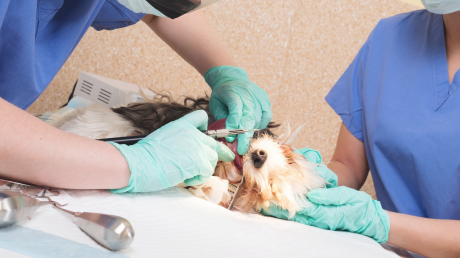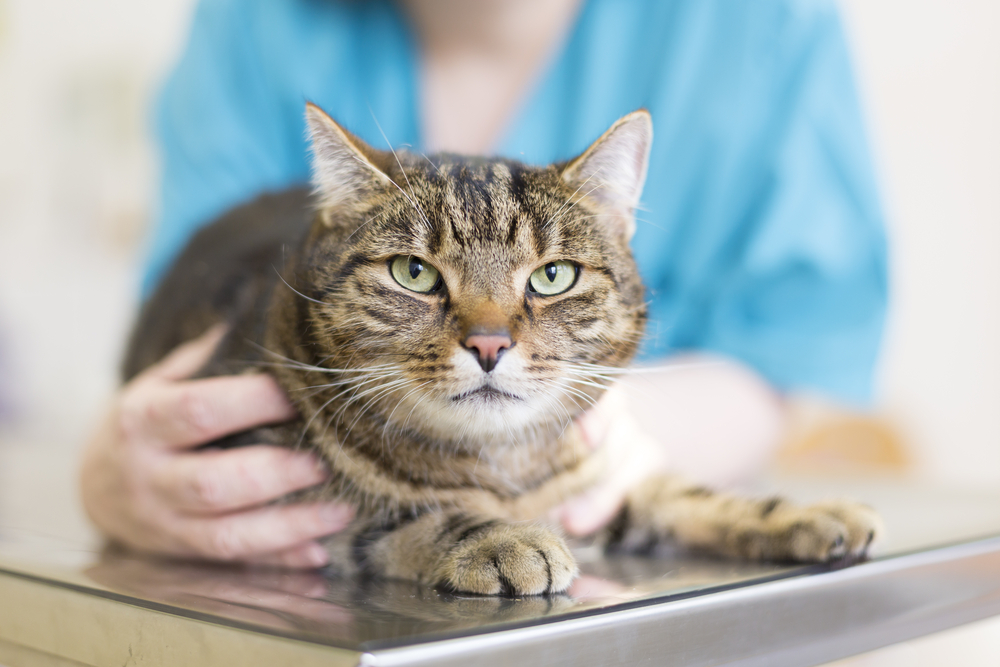
Deb Eldredge, DVM
A wonderful way to educate clients and potentially help out local pet adoption groups is to hold a kitten or cat care clinic. June is an ideal time for a kitten-themed clinic but any time of year will work. You might choose to do a couple of cat care clinics each year; consider one with a focus on senior cats, for instance.
A Job for a Cat Lover
Have a clinic employee who is considered one of your “cat people” in charge of this. If your clinic has a room big enough for a seminar, use that. I have used our local cooperative extension meeting room, usually available free of charge. As an alternative, a community college might have a free room available.
Most communities have local radio talk shows that are always looking for interesting people and events. Between that and posters at local shelters, pet stores, and your own clinic you should have plenty of free PR.
Gather Info and Freebies
Once you have a site, start collecting freebies to hand out. Our local pet store offered up bags and some treat samples. Go directly to companies; for example, Arm and Hammer donated small boxes of litter box deodorant. I have had samples of joint supplements, treats, food, catnip, and toys to put into the bags. You might be able to get starter kits to include as well, especially for kittens. The Pet Poison Helpline will donate magnets. If you got some donations of larger items you can make up baskets for a free door prize raffle for attendees.
Next, look for educational literature. Between AVMA, AAFP, Winn Feline Foundation, Cornell Feline Health Center, and AAHA, there is plenty of wonderful information for cat owners. You can also make copies of any handouts your own clinic has customized.
Involve Some Felines!
With June not only being Adopt a Cat Month/Adopt a Shelter Cat Month but also prime kitten time, I also recruited a couple of kittens from a local shelter. We bathed them, did FeLV and FIV testing, performed fecal checks, and provided their first vaccines. The kittens attended as demo animals for things like nail trims but also with the hope that they would charm their way into new homes. You could also have an adult cat or two present. If you aren’t comfortable using “unknown cats,” bring a clinic cat or employee cat who is good with crowds. I have used my own cats who were certified therapy cats as well as shelter cats and kittens.
Educate and Expand
Have a set list of topics to cover. Basic wellness care is a good starting point. If our clinic was concentrating on kittens I would bring up carrier training and behavior modification to prevent scratching or biting problems. Emphasize techniques to get kittens started on the Fear Free path. For senior cats you might want to discuss one or two of the most common senior cat problems such as kidney disease and arthritis.
Once you start doing “care clinics” you may find you have other topics to cover. Basic first aid is a good one or a nutrition basics seminar. These clinics can draw in new clients and also help your staff in the long run by educating people and answering their questions outside a busy work environment.
This article was reviewed/edited by board-certified veterinary behaviorist Dr. Kenneth Martin and/or veterinary technician specialist in behavior Debbie Martin, LVT.

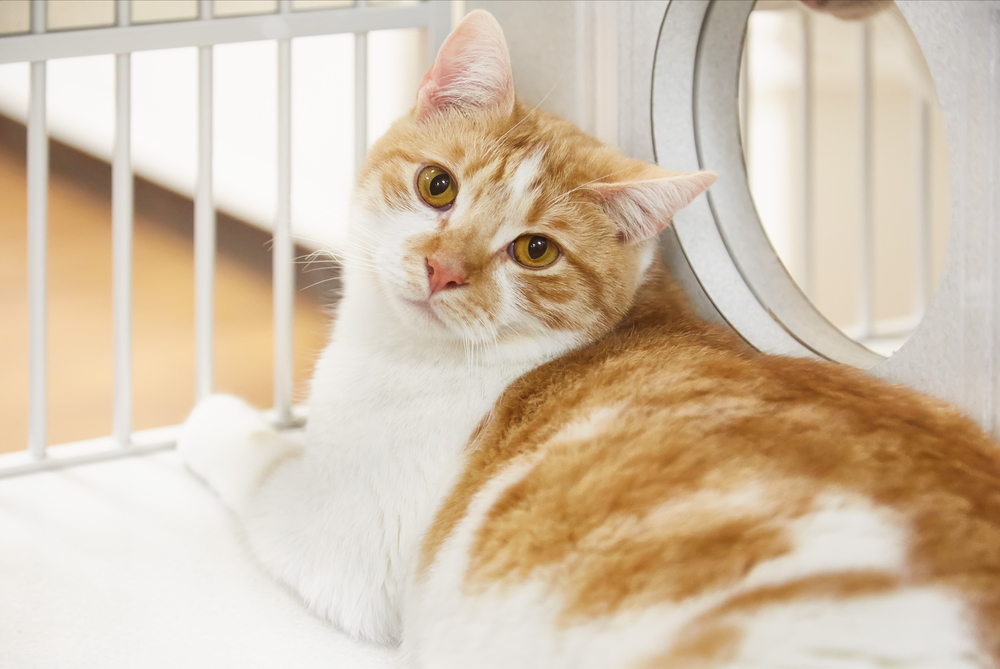
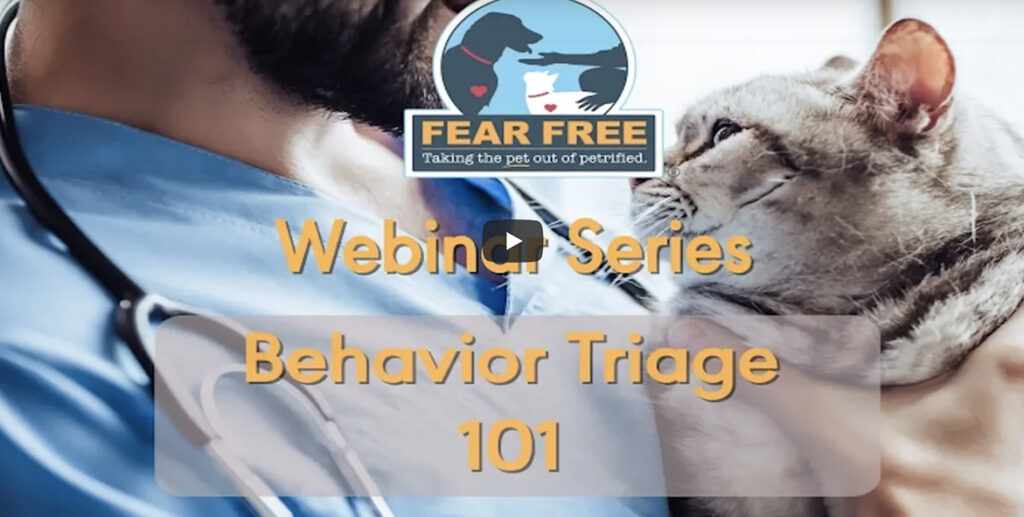
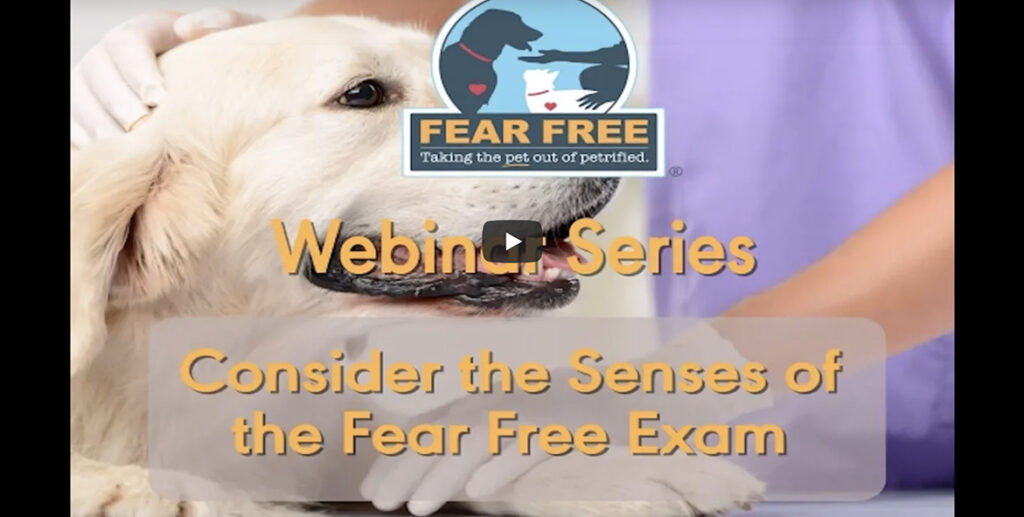

 This article is brought to you in collaboration with our friends at
This article is brought to you in collaboration with our friends at 



